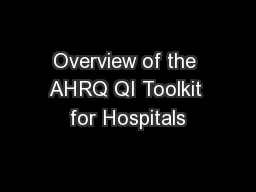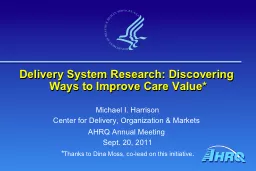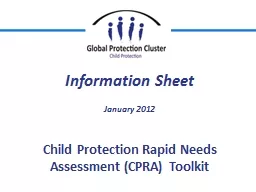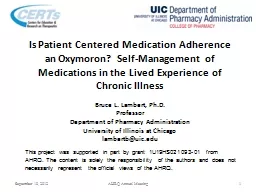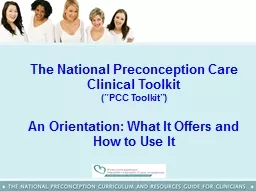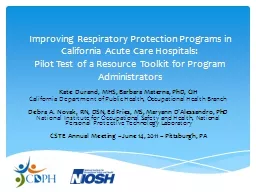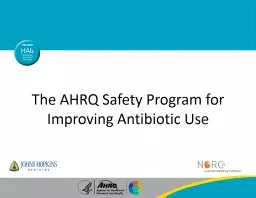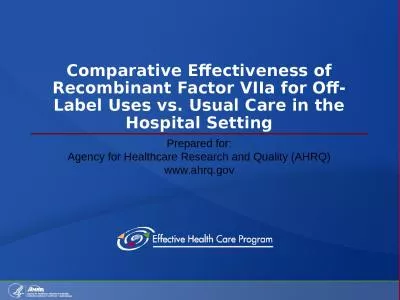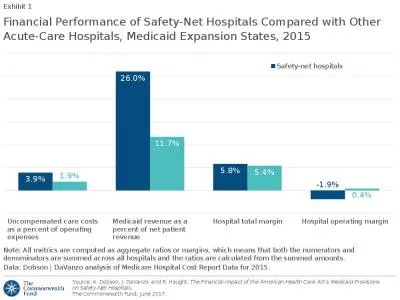PPT-Overview of the AHRQ QI Toolkit for Hospitals
Author : olivia-moreira | Published Date : 2018-10-24
Courtney Gidengil MD MPH Peter Hussey PhD RAND Corporation Overview What is the toolkit How was the toolkit developed What tools are in the toolkit how can
Presentation Embed Code
Download Presentation
Download Presentation The PPT/PDF document "Overview of the AHRQ QI Toolkit for Hosp..." is the property of its rightful owner. Permission is granted to download and print the materials on this website for personal, non-commercial use only, and to display it on your personal computer provided you do not modify the materials and that you retain all copyright notices contained in the materials. By downloading content from our website, you accept the terms of this agreement.
Overview of the AHRQ QI Toolkit for Hospitals: Transcript
Download Rules Of Document
"Overview of the AHRQ QI Toolkit for Hospitals"The content belongs to its owner. You may download and print it for personal use, without modification, and keep all copyright notices. By downloading, you agree to these terms.
Related Documents

